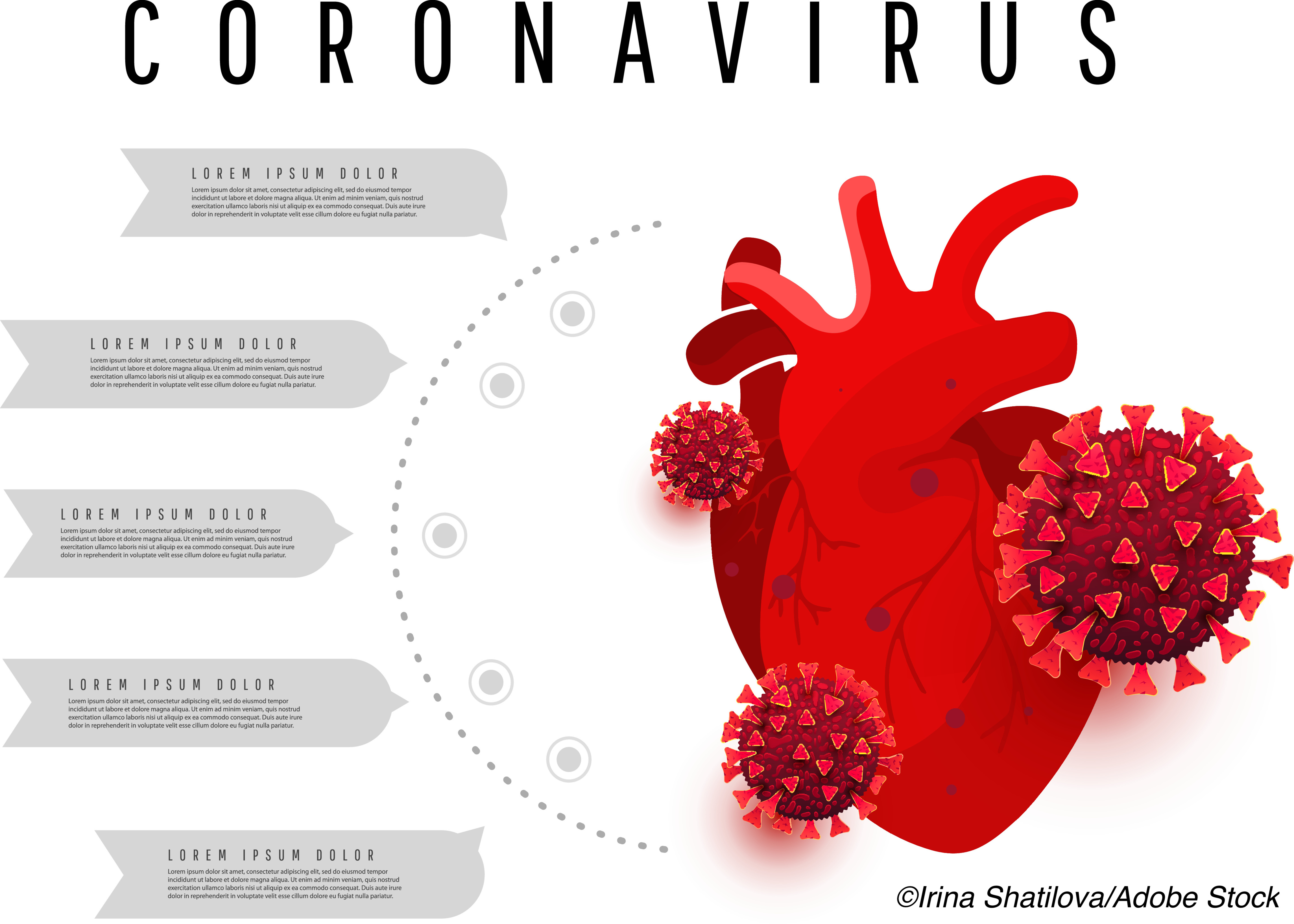
“Resources have understandably been focused on the treatment of patients with Covid-19, with many clinical units converted to treat patients with Covid-19, limiting access for patients with chronic conditions while maintaining acute services for the treatment of acute coronary syndrome, particularly STEMI,” wrote Giuseppe De Luca, MD, of Eastern Piedmont University-Novara in Italy, and co-authors in Journal of the American College of Cardiology.
“Combined with this diversion of resource, lockdown rules, guidance on social distancing, and a public fear of coronavirus contagion appear to have affected patient willingness to present to hospital, as evidenced by a reduction in PCI procedures for acute coronary syndromes including STEMI,” they continued. “The observation of extended time from symptom onset to treatment is certainly expected to heavily affect mortality for acute myocardial infarction.”
Comparisons for March-April 2020 versus March-April 2019 showed, respectively:
- Number of STEMI patients treated with PCI was 2,956 versus 3,653 (IRR 0.81, 95% CI 0.78-0.84; P<0.00001).
- Door-to-balloon time > 30 minutes was 57% versus 53% (P<0.001).
- Total ischemia time > 12 hours was 11.7% versus 9.1% (P<0.001).
- In-hospital mortality was 6.8% versus 4.9% (OR 1.41, 95% CI 4.1-12.3; P<0.001).
While STEMI patients with arterial hypertension had a shorter door-to-balloon time that those without hypertension in 2019, this was not the case in 2020. In addition, reductions in admission were greater for those with hypertension than for those without.
In an accompanying editorial, Duk-Woo Park, MD, PhD, and Yujin Yang, MD, both of the University of Ulsan in Korea, noted that “a unique strength of this international study is that it demonstrated significantly heterogeneous practices in primary PCI for STEMI according to each country and hospital.”
“The exact reasons for such discrepancies in the responses for primary PCI are unknown, and the clinical implications of such heterogeneity for the next wave of the pandemic should be further determined,” they added.
Reductions in STEMI PCI during the Covid-19 pandemic have been globally reported, including but not limited to the U.S. (38%), Spain (40%), and Italy (37%), where some patients with STEMI — those with Covid-19 and severe respiratory distress syndrome but not qualifying for intubation — received fibrinolytic treatment rather than PCI.
Common themes, as with a report from China comparing December 2019 with February 2020, include reluctance to present on the part of patients, delays in numerous process parameters with multifactorial reasons, and changes in treatment strategy that can include increased use of thrombolysis.
To provide an updated European snapshot of STEMI PCI during the pandemic, De Luca and colleagues at 77 European primary PCI centers combined and analyzed data for the 2-month periods in 2019 and 2020. They included patients with STEMI treated with PCI, including mechanical reperfusion for failed thrombolysis.
Average age for 2019 and 2020 was 64, and the percentage of males was about 74% in both cohorts.
They found that the reduction in STEMI procedures was not associated with the number of Covid-positive patients at either the local or national levels and was not associated with local or national number of Covid-related deaths.
“This finding is unusual and may have been influenced by several unmeasured confounders (e.g., out-of-hospital cardiac arrest, pre-hospital death, indirect effects of lockdown, disparities in health care services or facilities, and adjustments in specific Covid-19 management),” the editorialists observed. “Also, the incidence of Covid-19 is highly heterogeneous as it depends on the numbers of Covid-19 testing and local strategy; therefore, the incidence and mortality of Covid-19 in some areas might have been underestimated,” they added.
“Many countries are now experiencing second waves of the Covid-19 outbreak, in which optimal and well-timed STEMI management seems like a candle flickering in the wind,” Park and Yang continued.
“Although primary PCI remains the preferred reperfusion strategy if it could be provided in a timely manner, an unconditional application of primary PCI for all patients with STEMI may not be feasible during the current pandemic. Therefore, shifting the balance in operations in favor of fibrinolytic strategies from primary PCI may be considered in areas with significant Covid-19 outbreaks, and it could be timely modified according to the status of Covid-19.”
Limitations include the possibility that increased out-of-hospital death may have affected results. Also, limitations inherent to the study’s retrospective design include its inability to assign causality.
- Primary percutaneous coronary intervention (PCI) procedures for ST-segment elevation myocardial infarction (STEMI) decreased by nearly one-fifth across European primary PCI centers during March-April 2020 compared with March-April 2019, data from the ISACS STEMI Covid-19 registry showed.
- Unconditional application of primary PCI for all patients with STEMI may not be feasible during the pandemic. A shift from primary PCI to fibrinolytic strategies may be considered in areas with significant Covid-19 outbreaks, the editorialists noted.
Paul Smyth, MD, Contributing Writer, BreakingMED™
This study was promoted by the Eastern Piedmont University, Novara, Italy, without any financial support.
DeLuca reported no relationships relevant to the contents of this paper to disclose.
Park and Yyang reported no relationships relevant to the contents of this paper to disclose.
Cat ID: 190
Topic ID: 79,190,575,730,358,190,926,192,925,934


